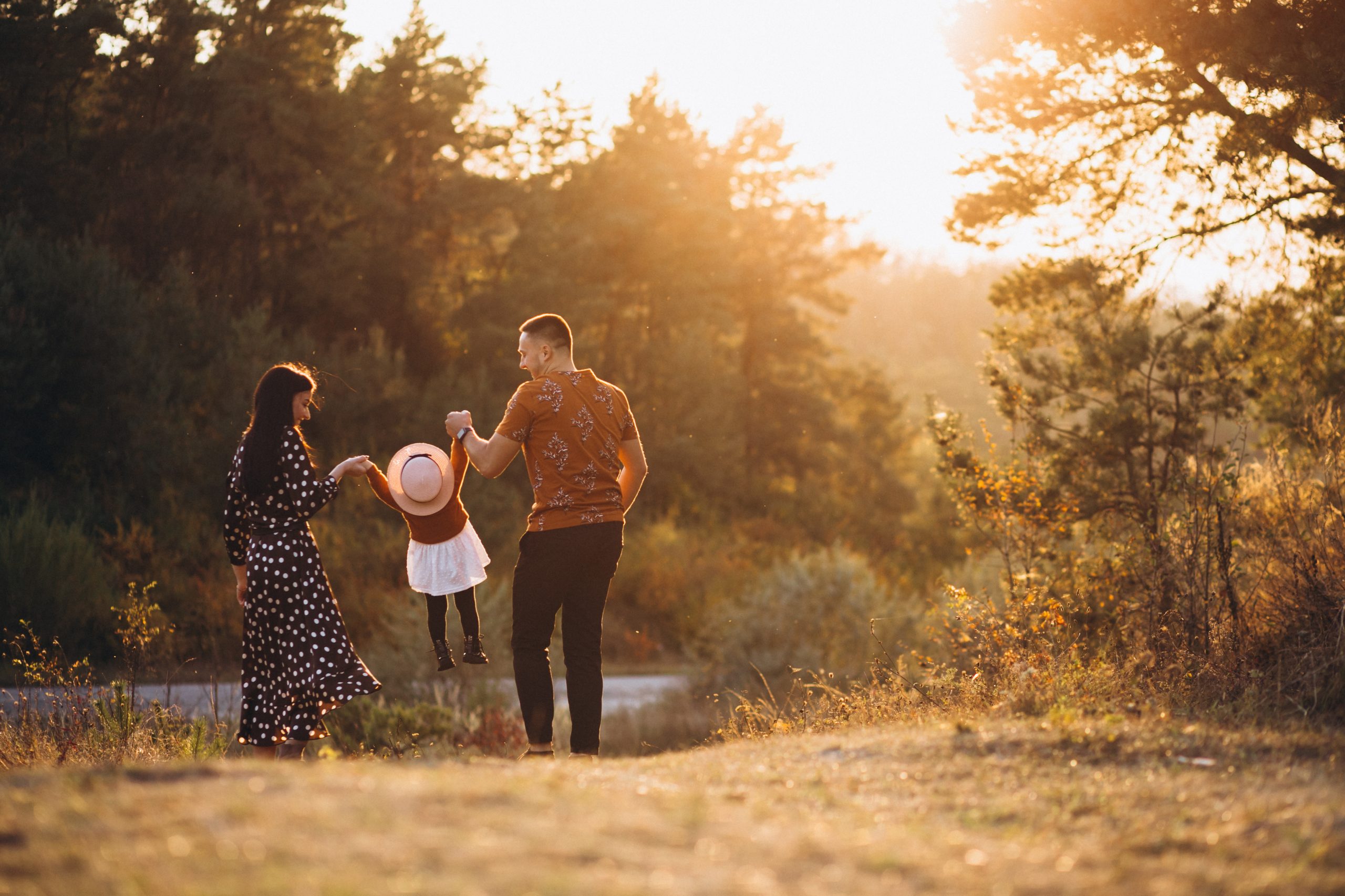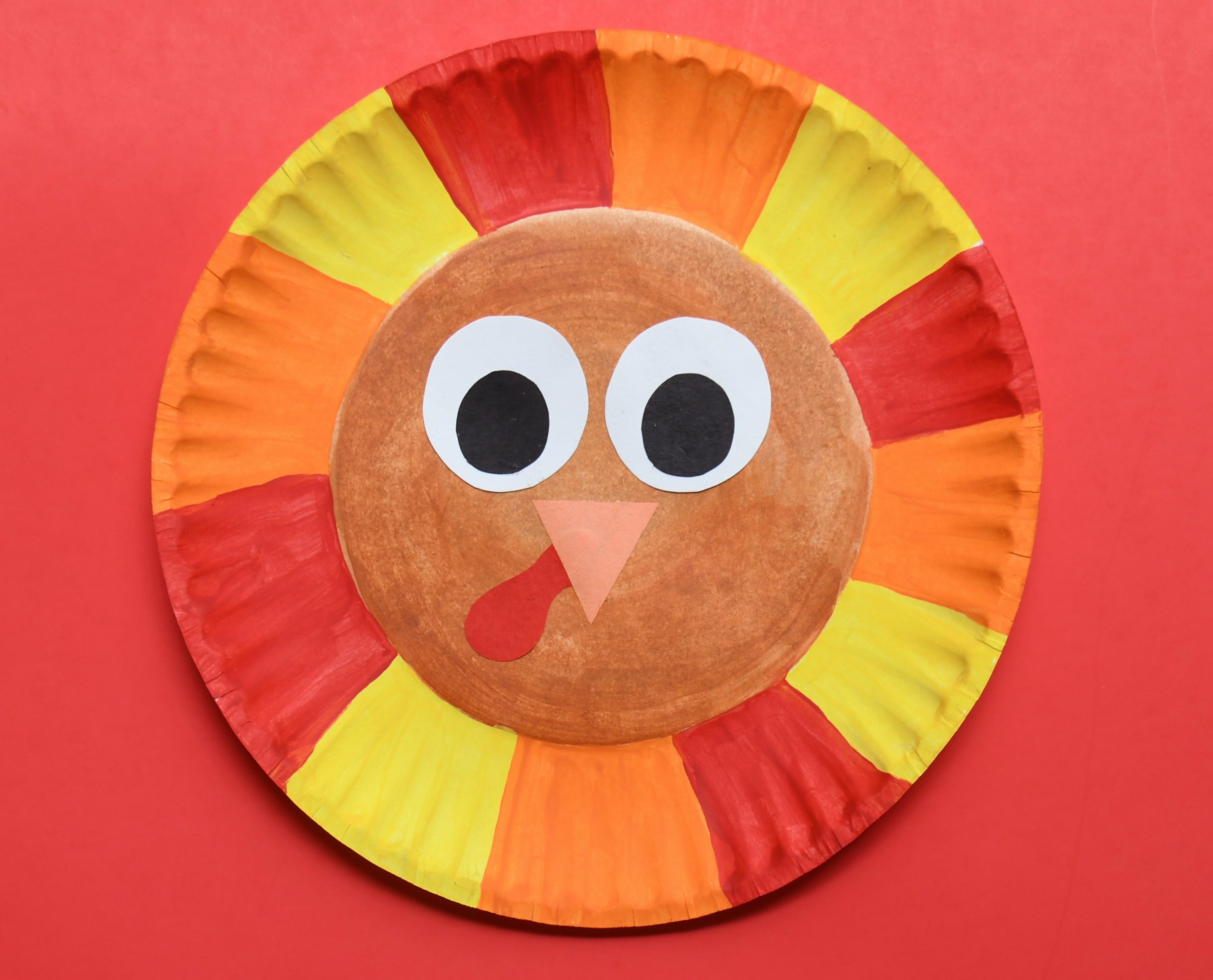
Get Moving with Thibodaux Regional Health System | Fall Family Fitness
October 30, 2020
Homeroom Happenings – November 2020
October 30, 2020Gobble, Gobble Anyone?
Turkeys are intelligent and sensitive animals that are highly social. They create lasting social bonds with each other and are very affectionate, kind of like dogs! It’s even said Benjamin Franklin wished to have wild turkeys as the national bird of the USA, rather than the bald eagle. Learn more about the animal we most closely associate with the fall season.
Fun Facts
- Individual turkeys have unique voices. This is how turkeys recognize each other. Turkeys are known to exhibit over 20 distinct vocalizations, including a distinctive gobble, produced by males, which can be heard a mile away.
- Turkeys have the ability to learn the precise details of an area over 1,000 acres in size.
- Turkeys have 5000 to 6000 feathers. Like peacocks, male turkeys puff up their bodies and spread their elaborate feathers to attract a mate.
- The male turkey is substantially larger than the female, and his feathers have areas of red, purple, green, copper, bronze, and gold iridescence. Female feathers are duller overall, in shades of brown and grey.
- Baby turkeys, called poults, stay with their mother all year. Poults are unable to fly for the first couple of weeks of their lives, the mother stays with them at ground level to keep them safe and warm until they are strong enough to all roost up in the safety of the trees.
- Wild turkeys are able to fly at up to 55 mph, however only for relatively short distances.
- The long fleshy object over a male’s beak is called a snood.
Create these fun turkey crafts to decorate for your thanksgiving dinner!







